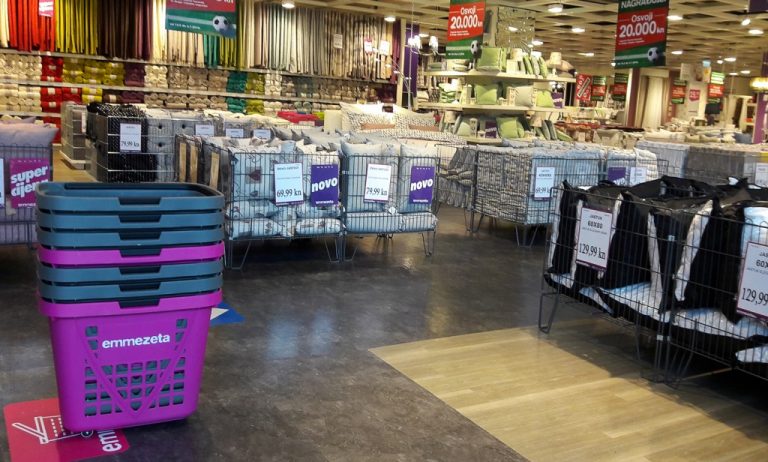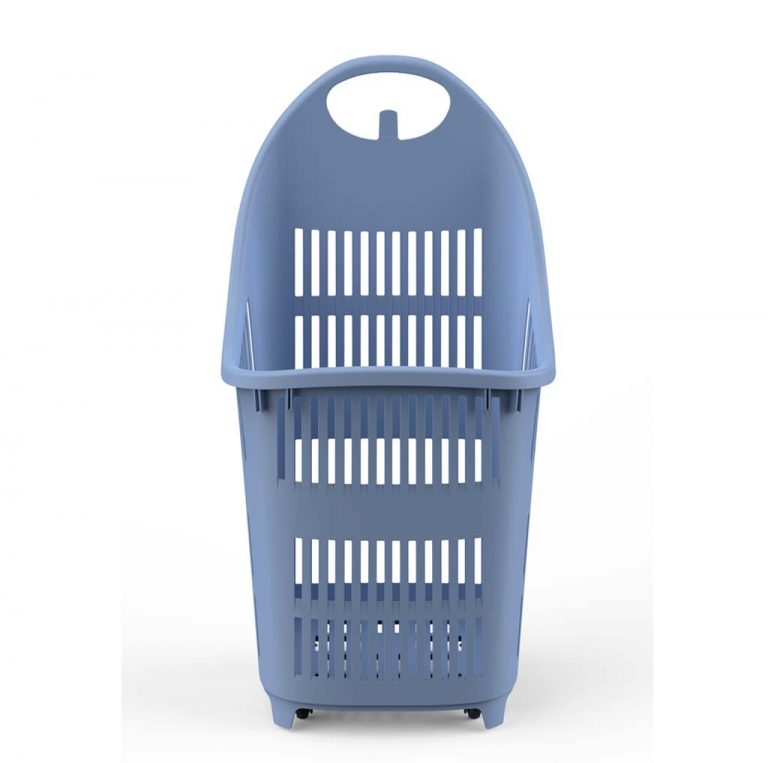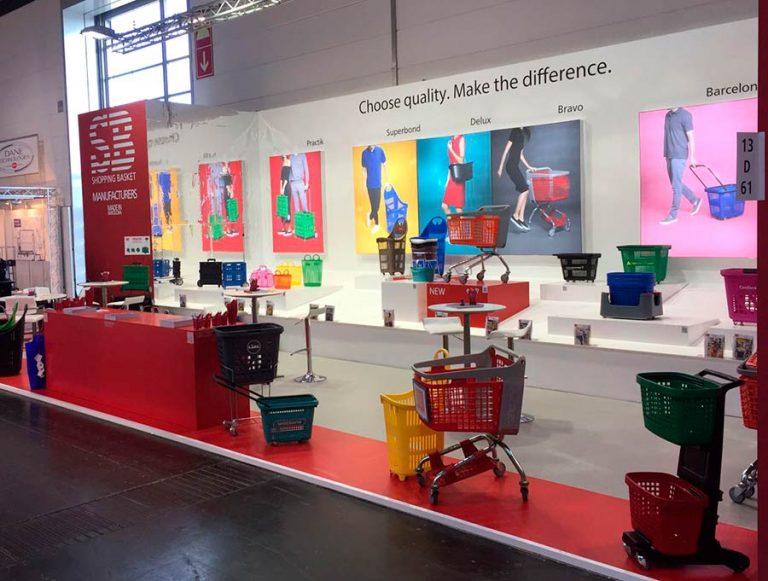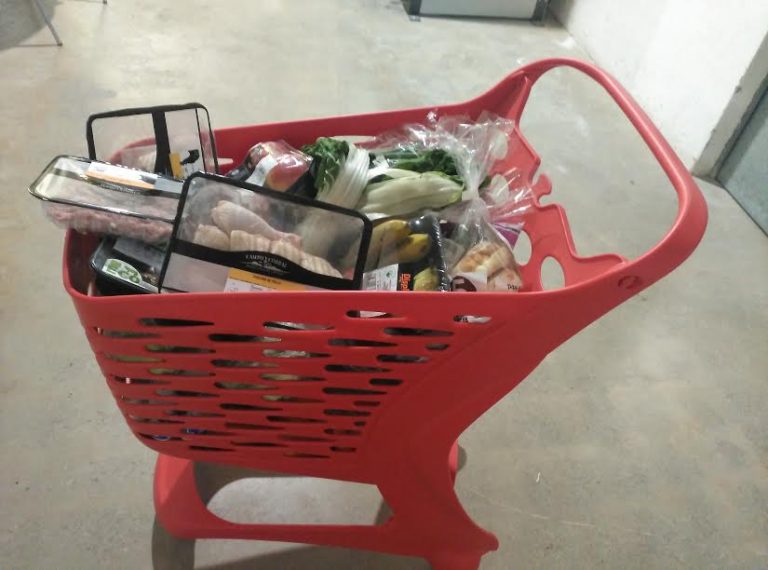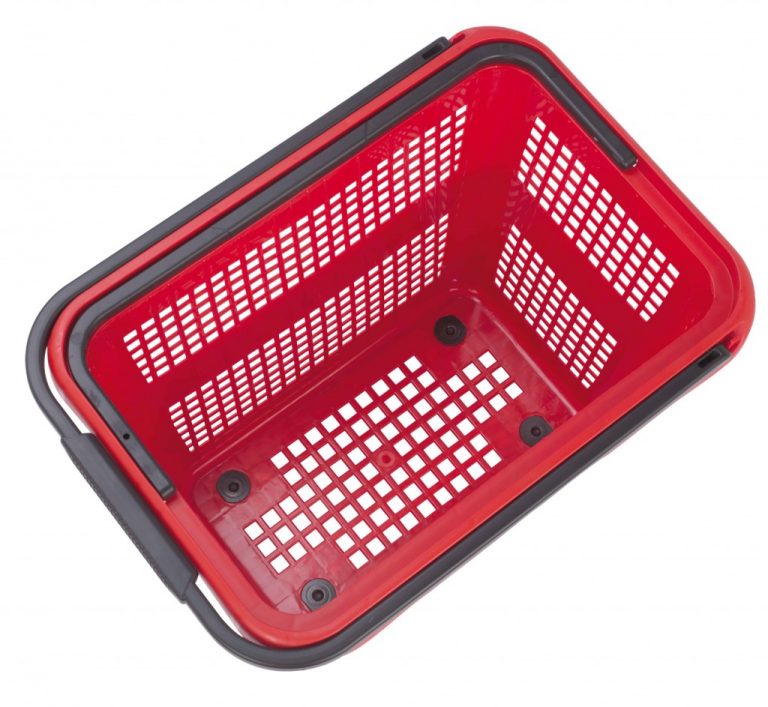Consignment inventory must be managed properly. If you don’t do a good job of preparation, you’ll end up hindering the functioning of the supply chain. Fortunately, there are different tips you can implement to increase efficiency.
Keys to managing consignment inventory well
Good management is based on thorough preparation. Thanks to it, you anticipate which products you will include in the inventory or involve the parties concerned, such as suppliers. The goal that should guide you is to gain clarity and detail.
Applicability
Applying consignment to any type of merchandise and workflow is not advisable. To get the most out of it, it’s essential that you first ensure that your sector and product can benefit from the model. Keep in mind that once applied, it will be difficult to change it for another method.
A good example of companies that would not benefit from consignment are those that don’t have reliable sales channels. Circumstances would worsen if they don’t have stable buyers, if the goods are niche, or have a short shelf life. Likewise, a company that manufactures on demand will not benefit from it because it’s common for them to have a small safety stock. After all, their production is not high.

Finding a good business partner
Since consignment inventories are based on agreements, you need to establish a stable business relationship. To achieve this, it’s essential to resort to reliable partners who are committed to mutual benefit. Therefore, each party must contribute their bit and act in a coordinated manner. For example, the shipper will have to supply quality products on time, and the consignee will market them to the right customer.
The consignment contract
After finding the right partner, it’s time to draft the consignment contract. The first key thing to consider is that it must be legally sound. One way to achieve this is by accurately reflecting the interests of each party, but remember that both parties must benefit. Additionally, try to clarify agreements and expectations to avoid long-term problems.
Benefits of consignment of products
Opting for product consignment, whenever possible, brings several benefits. Among them, the following stand out:
- Lower financial risks. The consignor avoids excessive production by owning their products until the sale is made. Therefore, they are not exposed to problems of lack of demand.
- Wide market. It’s easier to reach new customers since it doesn’t depend on expanding its own distribution network.
- Exposure and promotion. Through the consignee, the consignor increases the chances of promoting their products. This is possible because the consignee displays them in the sales location.
- Reduced initial costs. Not having to acquire an inventory decreases the expense and risk of not selling the products.
- Sales commission. Received by the consignee for each sale made, incentivizing them to promote and sell the consignor’s products.
- Flexibility in management. This occurs because the consignee doesn’t have to buy products in advance or maintain inventory in stock.
Businesses that leverage product consignment
Broadly speaking, product consignment stands out in businesses that involve the sale of tangible goods. An example is the fashion industry, such as clothing store chains. These work with designers or brands through the mentioned method. Art galleries also operate this way, acting as intermediaries for artists by promoting and selling their works.
The same goes for jewelry stores, furniture stores, antique shops, and bookstores. These businesses have in common the sale of products from external brands, authors, or manufacturers. Some provide the sales and promotion venue, while others offer their creations to simplify marketing.

What are product consignment agreements like?
To adapt to the reality of different sectors, several types of agreements are applied. Their purpose is to improve control over consignment prices. The suggested selling price is one of the possible agreements, used as a guide that allows the consignee to make adjustments within an acceptable range. Another option is commissions, which guarantee a certain amount of money per marketed product.
Along with the above, some consignees and consignors agree on guaranteed minimum prices, where the former commit not to go below the specified figure, something that will protect the value and image of the asset. You can also find discounts and promotions, two ways to temporarily stimulate sales.
Managing consignment inventory is essential for the future of your business. To avoid mistakes, don’t forget to look for reliable suppliers and draft a good contract. Additionally, you have great flexibility in closing the agreement depending on the sector you’re in.

 Sign up for our newsletter and be the first to receive our articles!
Sign up for our newsletter and be the first to receive our articles!
